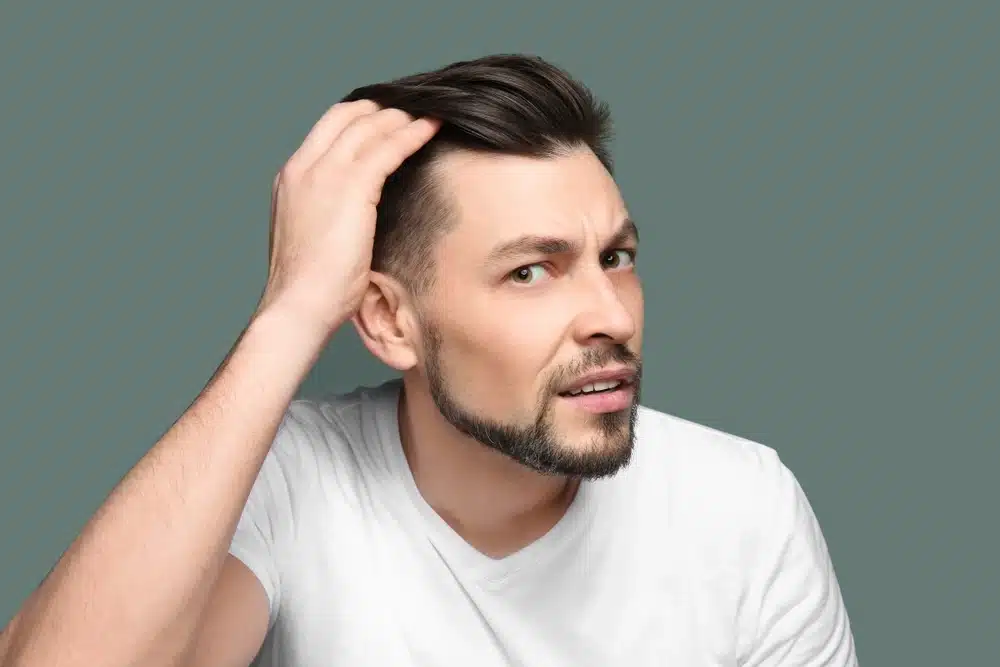Hair shedding is one of the many side effects of finasteride. But what is ‘finasteride shedding’? Is it serious, and can it be reversed?
What is finasteride?
Finasteride, commonly known as Propecia, is an antiandrogen that is sometimes used to prevent hair loss. It works by inhibiting type II 5-alpa-reductase, an enzyme that converts testosterone to dihydrotestosterone (DHT). DHT is responsible for hair loss in the majority of men.
Finasteride must be taken continuously in order to see benefits, although it has a long list of side effects – such as decreased libido, erectile dysfunction and testicular pain.
How does finasteride cause shedding?
Finasteride shedding first starts when you begin to take finasteride in any form. Finasteride works by preventing testosterone from being converted into DHT by the enzyme 5-alpha-reductaste.
Because of this, any hair follicles that were previously in the ‘resting’ phase after being affected by DHT, now become active and start to grow. This means that any hair that was there starts to fall out at a much faster rate than normal – resulting in the shedding.
Those who take finasteride are unlikely to see new hair growth, although they may experience hair growing back thicker and stronger than it was before.
It is expected that you will see shedding of the hair after roughly 3 to 6 months of treatment. It will last around 2 weeks. This shows that the treatment is working, so when this happens it is encouraged not to stop taking finasteride.
There is not a lot you can do to stop the finasteride causing your hair to shed – and you shouldn’t want to anyway. If you experience finasteride shedding, you know that the medication is working.
Instead, you should be thinking about what you can do to help the new hair grow as strong and quickly as possible. Make sure that you provide all the required vitamins for hair to grow by eating a well balanced diet, including foods that promote hair growth.


